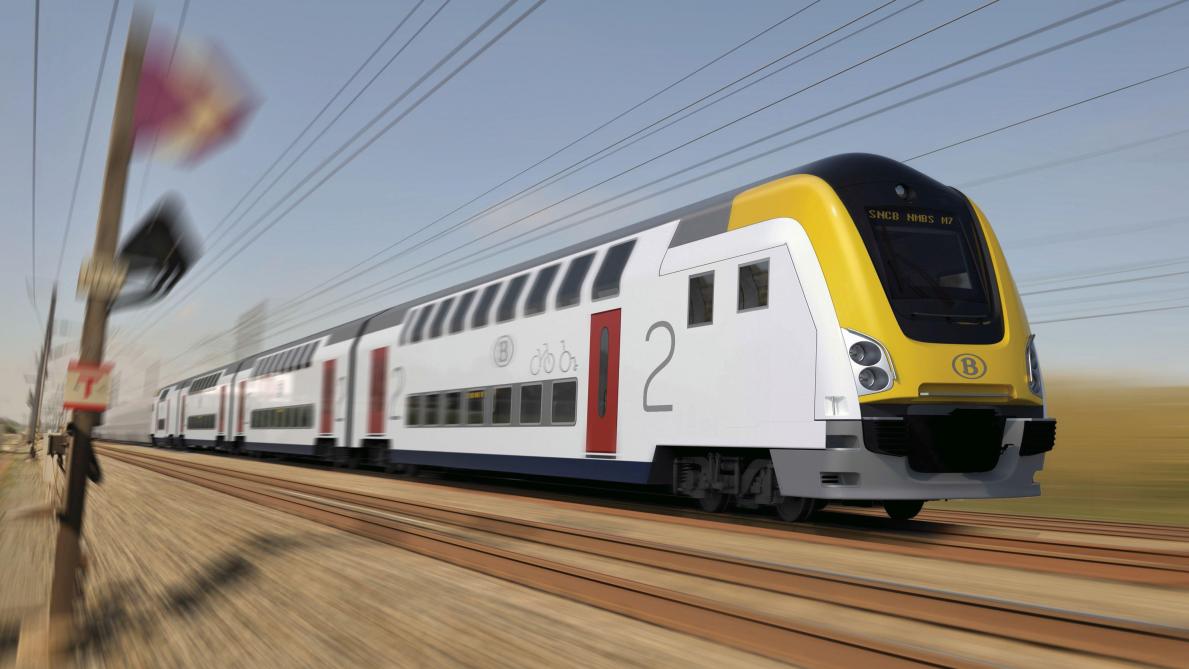Introduction
Ghent St. Peters Train Station is the main railway station in Ghent, Belgium, and the third busiest train station in Belgium, carrying 17.65 million passengers per year.
His origin was a small station on the Gent Ostend line in 1881. At that time, Ghent’s main railway station was the southern railway station built in 1837. The Sint-Pieters train station was built on the occasion of the World Exhibition in Ghent in 1913. It was designed by architect Louis Cloquet and completed before the 1912 World's Fair.
The station is built in an eclectic style, with long corridors that divide the length of the building and provide access to a variety of facilities. The tunnel from the entrance hall leads to 12 platforms. This provides a cross-shaped design for the workstation. The second and third class original waiting rooms are now used as buffets and restaurants.
The station was classified in 1995. The station was refurbished in 1996 and completed the renovation of the interior of the West Wing in 1998. In mid-2007, the project entered a new phase to make the station more customer-oriented and the tower at the entrance to the station was refurbished. In 2008, a new glass canopy was placed at the main entrance. In 2010, the murals in the main entrance hall were renovated.
Ghent St. Peters is the city's main station, but it is located on the southern edge of the central area, just a few steps from the city centre.
Frequent trams connect Ghent St. Peters to the city centre, but some trains (including the IC train on the Ostend-Bruges-Gent-Antwerp route) are also called another station in the city, Ghentdan. Pelter.











